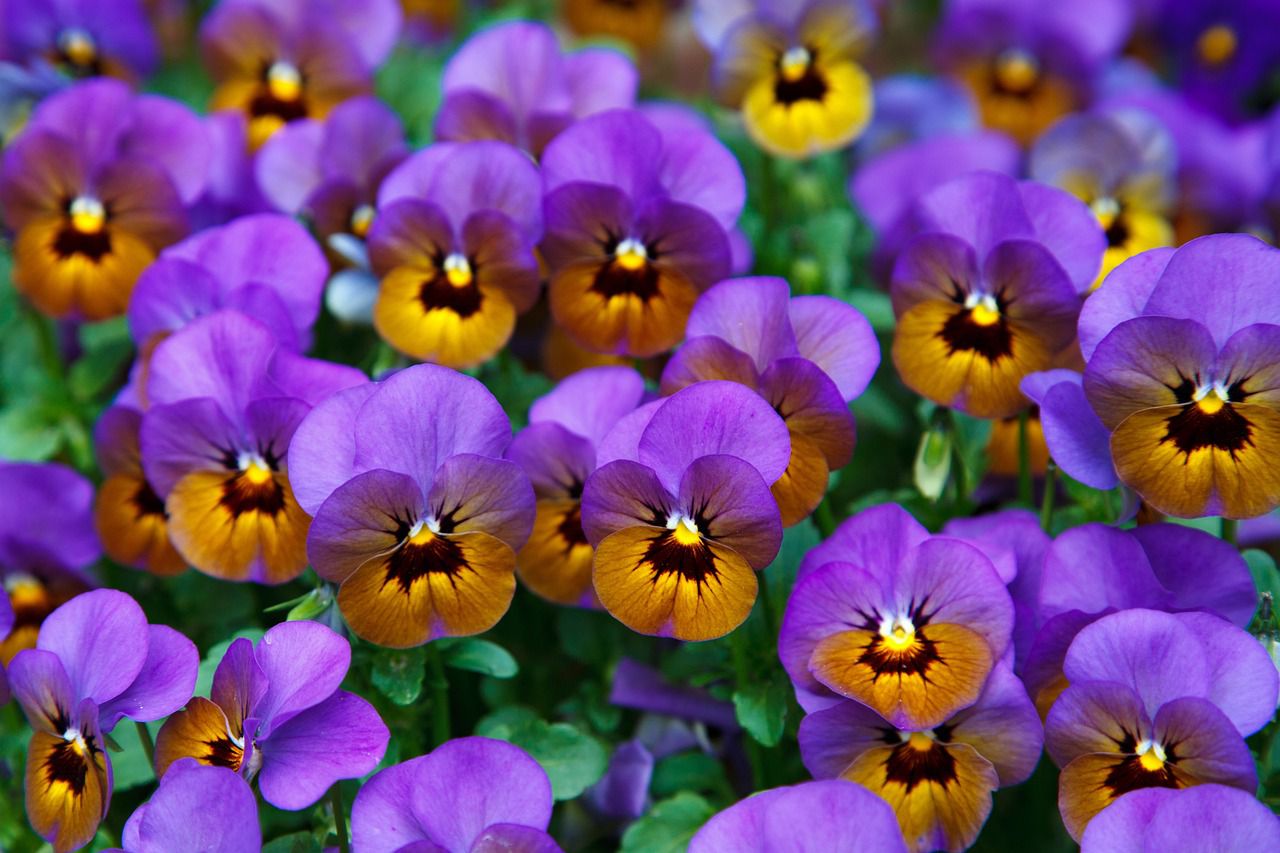Some temperatures are simply better for plants than others, and they are called "active temperatures".
While gardeners can't control or change weather or climate, they still can use and change temperatures to help their gardens thrive.
Here are a few things that make active temperatures so useful.

Growth and Development
Active temperatures provide the right conditions for plants to grow, develop, and produce flowers, fruits, and vegetables.
This is when they need warmth and sunlight to thrive.
Photosynthesis
Plants use active temperatures to perform photosynthesis, a vital process where they convert sunlight into energy.
This energy fuels their growth and helps them produce food.
Nutrient Uptake
In the active temperature range, plants are better at absorbing nutrients from the soil.
This is essential for their overall health and the quality of the produce they yield.
Blooming and Fruiting
For many plants, active temperatures are necessary for flowering and setting fruit.
Without the right temperature range, you may not get the flowers or fruits you're hoping for.
Pest and Disease Control
Some pests and diseases thrive in specific temperature ranges.
Maintaining active temperatures can help reduce the risk of infestations and diseases in your garden.
Seasonal Planning
Understanding active temperatures is crucial for gardeners to plan when to plant, when to harvest, and how to protect their plants during temperature extremes.
Conclusion
In simple terms, active temperatures are the Goldilocks range for plants – not too hot, not too cold, but just right for them to grow and thrive.
Gardening success often depends on knowing and providing these ideal temperature conditions for your plants.












